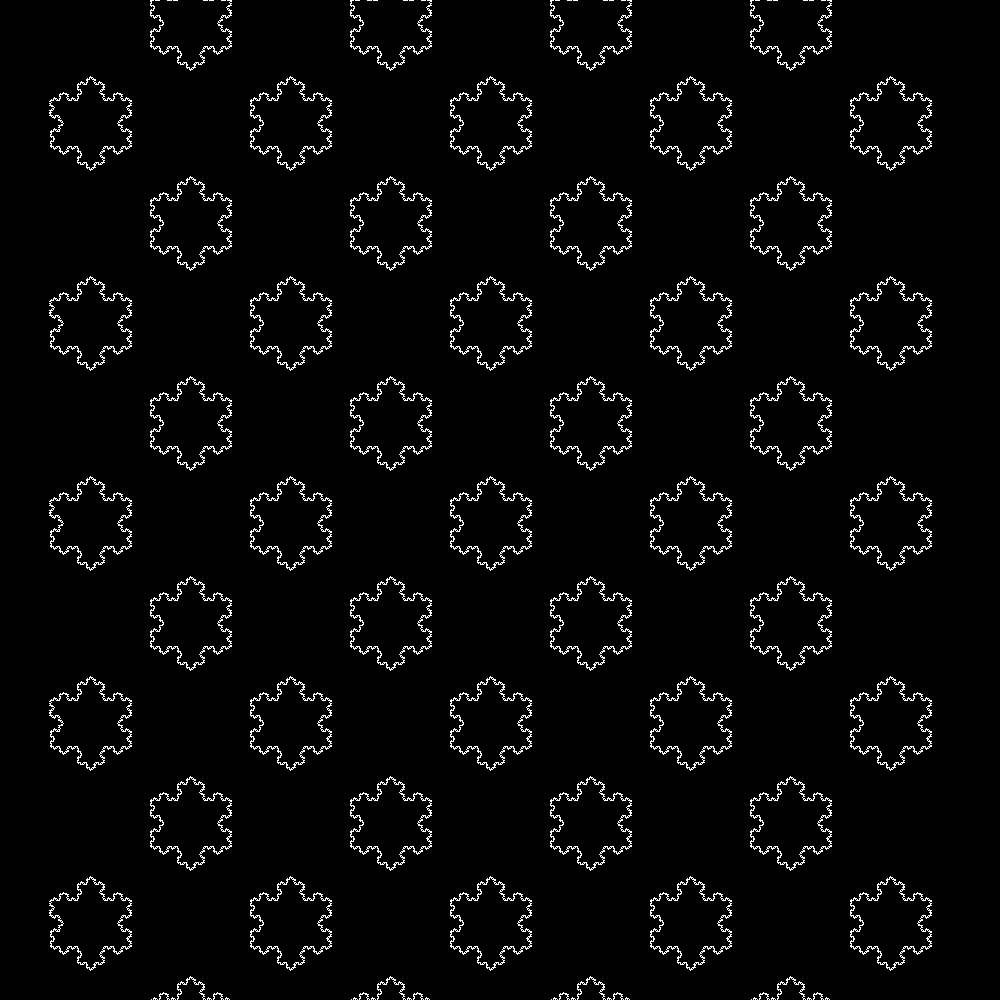🎄
Andrei's 2021 Advent of Code
🎄
Learning Goals
- Rust basics (vectors, arrays, math, etc.)
- Rust basic CLI
- Rust linear algebra and ndarrays (e.g., https://github.com/rust-ndarray/ndarray)
- Rust <> C++ interop
- Simple GitHub Actions set up (just linting initially)
- Automatic linting and formatting (trunk?)
- Finish all AoC problems (hints are OK from Dec 12 on, in the second half)
- Basic unit testing
Bonus Goals
- Call PyTorch from Rust
Running the Code
Assuming Cargo has been set up, to run a problem, simply use the following:
cargo run --release --bin <XX_problem>
The above should automatically build the code with its dependencies, and run the appropriate problem.
Learnings
- Powerful type-safe, efficient, support for ndarrays, but still at times much more verbose than numpy. For instance, computing the median of an array is unnecessarily complicated.
- Same for dealing with NaNs. Very rigorous but kind of annoying for simple data science or ML workloads.
- Keep the naive implementation arround ALWAYS. Do not simply rewrite it - you can use it to debug your fast implementation. For instance, your fast implementation may work for the demo input in Part 2 but not for the puzzle input.
- Often you can debug parts of the internal state from your fast implementation using your naive one!
- Example: Problem 14 - Polymerization, where you used your naive implementation to fix the fast one by looking at the character histograms produced by the two to identify a counting bug in the letter counting function of the fast implementation.
